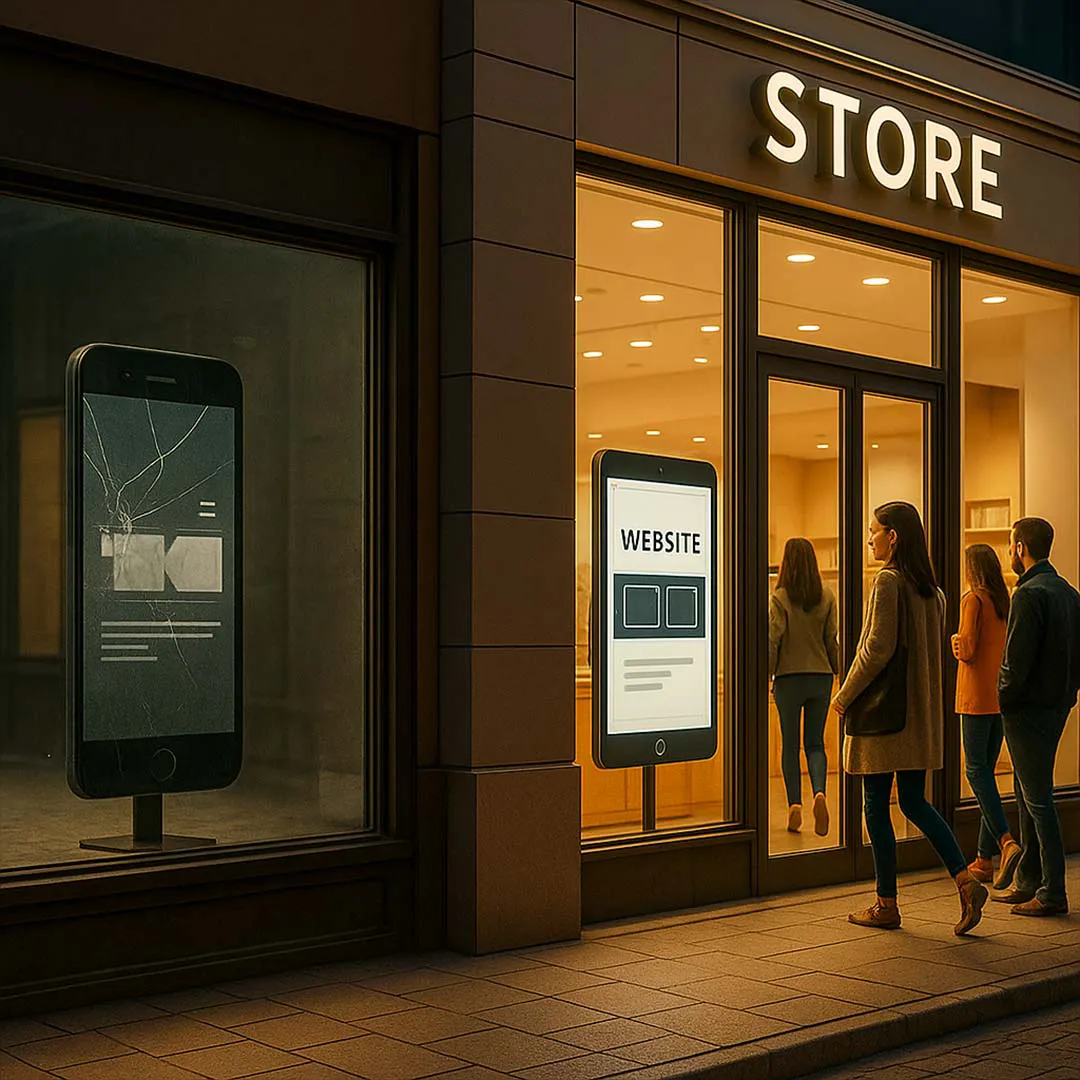
How to create a Google Display campaign in 10 steps
18. June 2024
Beginners often encounter many questions when creating a Google display ad or multiple ads for a campaign. Google Ads optimizes itself regularly to provide individuals with a smooth experience when placing their ads. Nevertheless, challenges arise here and there.
Media Beats GmbH is happy to handle these tasks for you as a SEA agency. This saves you a lot of time and potentially reduces staffing needs within your own company. However, if you want to run a Google Display campaign on your own, here’s how you can do it in 10 simple steps and what you should keep in mind. A successful Google Display campaign requires thorough planning and execution, as well as an understanding of your target audience and their interests. Precise targeting and optimal ad placement significantly boost a campaign’s success.When creating a campaign, it is advisable to consult an experienced SEA specialist or to thoroughly familiarize yourself with the topic. This ensures that your campaign achieves the desired results and that your investments are used wisely.
1. Select and name the type of campaign
If you don't yet have a Google Ads account, your first step should be to register. Once you've done that, create a new campaign and select the appropriate campaign type for your ads. Choose between Search Network ads, Display Network ads, a combination of both, as well as Video and Shopping ads. In this post, we focus on creating Google Display Ads in the Display Network. Select this option and name the entire campaign.
2. Set marketing goals
The next step is to select a marketing goal. This can be particularly helpful for beginners to set automatic default settings for the campaign. Marketing goals could include increasing brand awareness, improving engagement with your ad or landing page, or specific actions such as purchases, newsletter sign-ups, or app downloads. If you don't have a marketing goal or don't want to select one, you should activate all settings and features for your campaign to have the best possible impact on its performance.
3. Select locations for your campaign
Next, select the locations where you want your Google Ads campaign to appear. This depends on your target audience and the size and reach of your business. If your offering is of global interest, the ads can be displayed internationally. For a local start-up, it is advisable to place ads in the immediate vicinity or throughout the country. Be sure to choose the right language for your ad; globally active companies should use English as the ad language. This setting applies to the entire campaign and should be carefully considered to avoid unnecessary expenses.
4. Set bidding strategy & budget
The next step is to determine the billing method and your budget. When setting your budget, don't overestimate your capabilities and only enter the amount you are actually willing to spend per day. A minimum bid is recommended in order to remain competitive in the auction for the most sought-after advertising space. The average minimum bid depends on the competition and the frequency of your keywords. Companies in a niche market have a good chance of obtaining advertising space at lower click prices.
5. Determine ad groups & set bids
Ad groups are particularly useful for companies with a wide range of products that differ from each other in terms of both theme and interest. You can set a separate CPC bid for each ad group and spend more on particularly popular products. Select “manual CPC” to set your own bid per click. Adjust the bid depending on the relevance of the ad group so that it is higher or lower.
6. Enter keywords
Now define your ad groups and keywords. Consider which keywords might appear on publisher websites and also match your ad group, campaign, company, and target audience. The more specific your keywords are, the more likely it is that suitable publisher websites will be suggested. Word combinations such as “blue jacket print” or “holiday apartment Ibiza” are also useful. Google Ads recognizes similar keywords and displays your ads accordingly.
7. Select websites for placements
Select the websites on which you want your ads to appear. Depending on your targeting options, you will be suggested websites that are either tailored to the interests of your target group, the topics of the publisher's website, or the demographic information of potential users. With the Placements option, you select all publisher websites yourself. This means more work, but allows you to control exactly where your ads appear.
8. Design: Set image & text
Next, choose between creating a text or image ad, enter headlines and text, upload images and logos, and customize them. Google Ads helps you optimize your ad design with previews of various sample images and provides inspiration. Here you also enter the link to your landing page, which users will be directed to after clicking on the ad.
9. Select display sizes/formats
The choice of ad size also influences the success of your campaign. Choose a different format for ads with a lot of text and few images than for those with only a single image and no text. Take advantage of the benefits of different ad sizes explained above. Select multiple formats per ad group to create varied ads. Use the preview option in Google Ads to see which size and layout looks appealing.
10. Place and optimize Google display ads
Once you have finalized the design of your Google display ad, launch the campaign online. If you don't see the results you want, you can optimize your Google display advertising at any time. Common mistakes include targeting the wrong audience, selecting inappropriate publisher websites, or poor design.
Conclusion
Creating a successful Google Display campaign requires careful planning and targeted optimization to achieve your desired marketing goals. With the right steps and continuous adjustment, you can place your ads effectively and achieve maximum results.
If your Google Display ad is less successful than expected, Media Beats GmbH will be happy to help you optimize your campaign.
Our blog
Latest news
With our blog, you are always close to our work, our current projects and the latest trends and developments in web and print.
Any questions?





